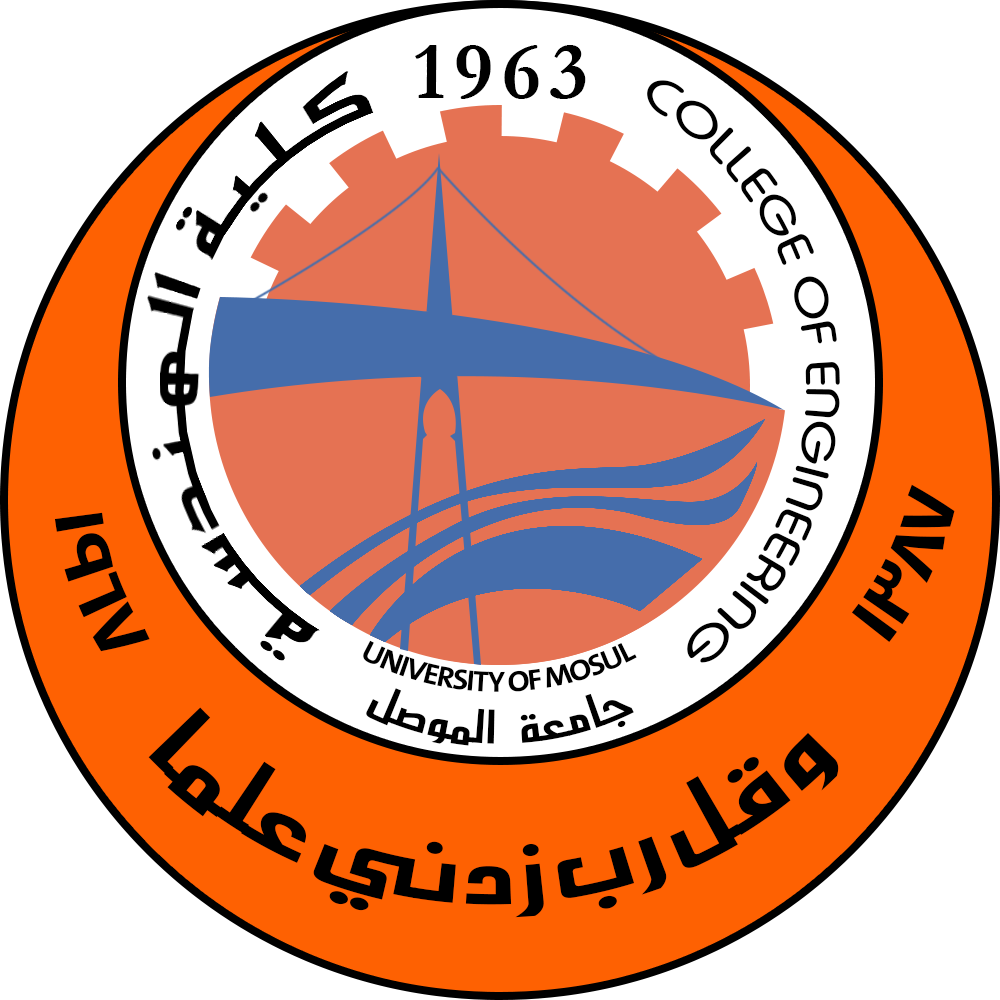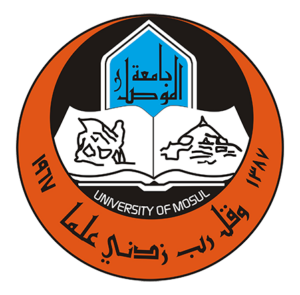1. Construction Materials Laboratory
The Construction materials laboratory represents the most important and the biggest laboratory among civil engineering laboratories. The laboratory has been established in 1967 and its area was 1260 m2. The laboratory was equipped with a high-quality device. The laboratory includes rooms for lecturers and graduate students. The laboratory was renovated in 2007. It was destroyed because of military activities in 2017. It was renovated again in 2019 by UNDP organization and under supervision of Directorate of Construction and Projects at the University of Mosul.The laboratory includes many apparatuses and tools used for performing physical tests of structural materials. The devices and tools are used by graduate students and for consultations purposes.Compression tests for concrete cubes, ceramic tests, cement test, steel test, steel mech test, concrete block test, steel sections test, breaks test, curbstone test, testing of all pipe types, sand and gravel tests, concrete mix design. Non-destructive test (core test, ultrasound test, load test)Finally, the laboratory can voluntarily provide assistances for graduate students form other departments or colleges.
2. Geotechnical Laboratory The geotechnical laboratory represents the stone-corner of the civil engineering laboratories because of it is importance for educating the undergraduate students the fundamental soil mechanics.The laboratory was established by a group of experts at soil mechanics and foundation engineering fields in Iraq in 1963 which is the same date as the civil engineering has been established. The laboratory building is 300 m2. It includes a classroom, stages, and benches for performing tests, storage rooms, and lecturers’ room, The main purpose of the laboratory is for educating underground student of the physical soil properties such as specific gravity, Atterberg limits, grain size distribution, compaction test, hydraulic properties such as permeability test, and mechanical tests such as consolidation test, unconfined compression tests, direct shear tests, and triaxial tests. Additionally, chemical tests of soils can be performed in the laboratory. The laboratory also contributes for providing consultations services.Soil Mechanics and Foundation Engineering Laboratory for ResearchIn 2002, the civil engineering department reserved a section for soil mechanic’s research. The research laboratory section area is around 150 m2. The establishment of this laboratory was an important step for the ability of performing a high-quality research by a faculty and graduate students.
3. Rock Mechanics Laboratory The Rock mechanics laboratory was established on1986 as a part of Soil Mechanics Laboratory. In 2007, a new building was constructed specifically for Rock mechanics laboratory and since then it becomes a stand-alone laboratory. The area of the new building is 250 m2.The rock mechanics laboratory includes many apparatuses and tools. These apparatuses and tools are useful for performing physical and mechanical rock tests. They can be use for research by graduate students and for the purpose of engineering consultations by the engineering consultation bureau workers.
4 .Surveying Engineering laboratorySurveying Engineering Laboratory was established in 1964 and was equipped with German and Chinese devices. One of the modern devices in the laboratory is the electronic theodolite device. In 2008, a new building was allocated to this laboratory. The tests conducted in the laboratory are measuring areas, quantities and volumes, creating adjustment numbers and points of triangulation, drawing longitudinal and cross-sections, and measuring distances.This laboratory includes many devices, used to train students in all measurement operations, and everything that a survey engineer needs in his work. These devices can be classified as follows:Set One: It includes modern electronic devices for measuring distances, directional measuring devices such as gyroothiodelites, special devices for receiving and recording time such as chronometers, short-wave receiving devices, and a small-scale planetarium.Set Two: It includes various devices for measuring angles such as Theodolite, and the accuracy of measurement in these devices ranges from one minute to one second, and there are a number of tachometer devices and leveling devices of various kinds and accuracy. Set Three: It includes traditional surveying devices such as flat panels. The laboratory contains antenna tapes that are used to measure baselines, and the horizontal rulers and a number of Substance bars.
5- Highway materials Laboratory
The Highway materials laboratory was established in 1967 to examine the engineering properties of asphalt materials, dirt, and dyes used in road construction and civil engineering works. It is one of the laboratory of the Ministry of High Education and Scientific Research University of Mosul College of Engineering Department of Civil Engineering.Lab Activities: The activities of the laboratory , which it carries out with high efficiency, include the following:
- Conducting checks for asphalt materials, dirt, and dyes used in road construction and civil engineering works and determining their conformity with the approved standard specifications, (see the list of tests carried out in the laboratory based on the national and international standard), for the governmental and private sectors through the advisory office and the mechanism of cooperation. The test results are issued in all impartiality and transparency by an experienced and highly qualified engineering staff
- Providing training services on tests and laboratory devices for new workers in the Civil Engineering Department as well as engineers working in the government institutions.
- Performing its activities according to the international standard ISO / IEC 17025 / 2005.Other requirements specified by the national and international accreditation body in addition to the customer’s requirements.
|
|
|
|
|



